Building strong, shapely glutes doesn’t require a gym, heavy weights, or even equipment. But if you're managing knee pain, many traditional glute exercises—like lunges or deep squats—can be uncomfortable or even aggravating. The good news? You can still activate and strengthen your glutes safely with low-impact, knee-friendly movements.
This 25-minute, no-equipment glute workout is designed specifically for people with knee sensitivity. It emphasizes proper form, controlled movement, and glute activation—all from the comfort of your home. Plus, we’ll cover key nutrition tips to support muscle recovery and growth.
Your glutes (gluteus maximus, medius, and minimus) are the powerhouse muscles of your lower body. They stabilize your pelvis, support proper posture, and reduce strain on your knees and lower back. Weak glutes often lead to poor movement patterns, which can contribute to or worsen knee pain.
By strengthening your glutes, you improve hip control, reduce compensatory stress on the knees, and enhance overall lower-body function—making daily movements easier and less painful.

Perform each exercise for 45 seconds, followed by 15 seconds of rest. Complete 3 rounds. Rest 60 seconds between rounds.
Form Notes: Lie on your back, knees bent, feet flat. Squeeze glutes to lift hips until your body forms a straight line from shoulders to knees. Avoid over-arching the lower back.
Modification: Place a pillow under your hips for support or reduce range of motion.
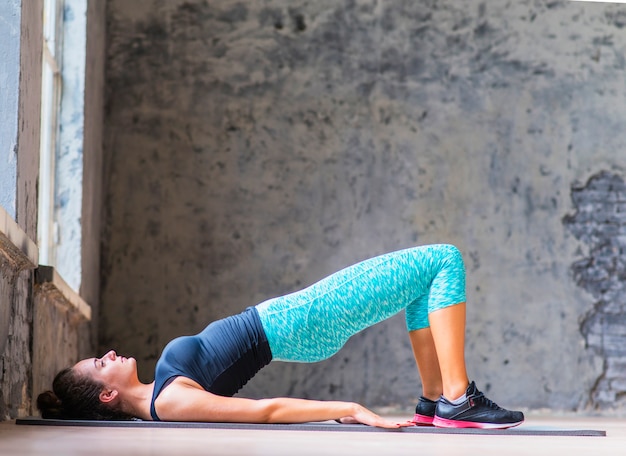
Form Notes: Lie on your side, knees bent at 90 degrees, feet together. Keeping hips stacked, lift the top knee like a clamshell opening. Control the movement.
Modification: Place a resistance band above knees for added challenge (optional).
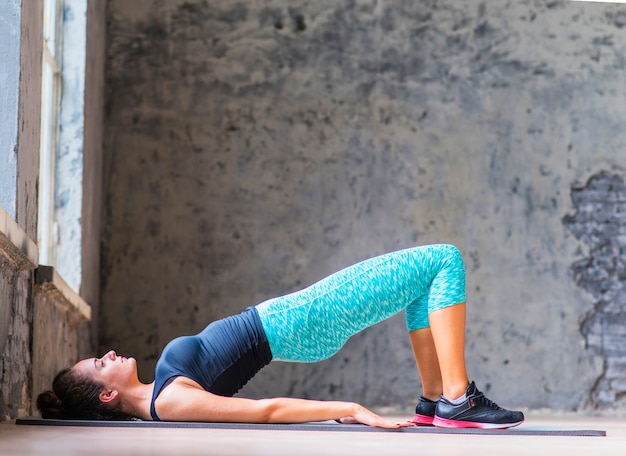
Form Notes: On hands and knees, lift one leg out to the side (keep knee bent). Focus on using the glute, not the lower back. Keep hips level.
Modification: Reduce the height of the lift or perform without lifting the foot off the floor.
Form Notes: Stand tall, hands on hips or wall for balance. Squeeze glutes to extend one leg straight back—don’t arch your back. Keep movement small and controlled.
Modification: Perform with a slight bend in the standing leg to reduce knee pressure.
Form Notes: Lie on your side, bottom leg bent for stability, top leg straight. Lift the top leg slowly, leading with the heel. Lower with control.
Modification: Keep the lift small—just a few inches—to maintain glute focus.
Form Notes: On hands and knees, lift one knee up toward the ceiling, keeping a 90-degree bend. Squeeze the glute at the top.
Modification: Reduce range or keep the foot on the floor while contracting the glute.
Form Notes: Back against wall, feet slightly forward. Slide down into a seated position. Focus on pressing heels into the floor to engage glutes.
Modification: Don’t squat too deep—only go as far as pain-free. Use a chair behind for support.
Exercise alone isn’t enough. To build and maintain muscle, your body needs proper fuel. Here’s how nutrition supports glute development—especially when recovering from joint stress:
Consistency beats intensity. Performing this routine 3–4 times per week, with attention to form and recovery, will yield better results than pushing through pain. Listen to your body—discomfort is normal, but sharp pain is not.
Pair this workout with daily walking, stretching, and adequate sleep to enhance circulation, flexibility, and muscle growth. Over time, stronger glutes will not only improve your physique but also protect your knees and boost overall mobility.
Stay patient, stay consistent, and let your glutes—and knees—thank you.

Fitness

Fitness

Fitness

Fitness
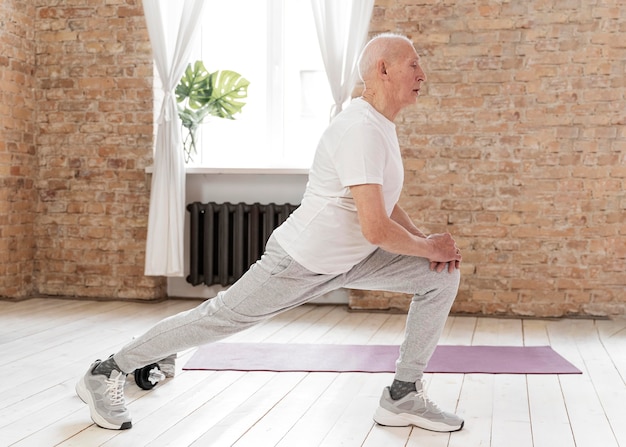
Fitness
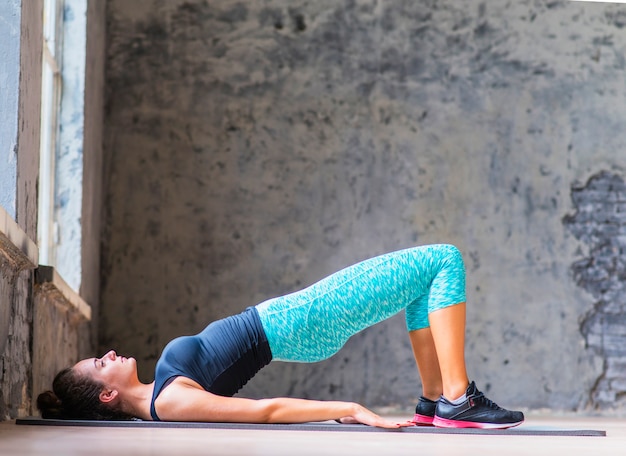
Wellness
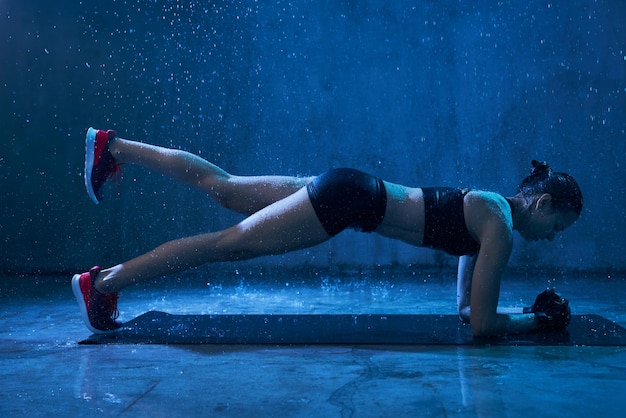
Fitness
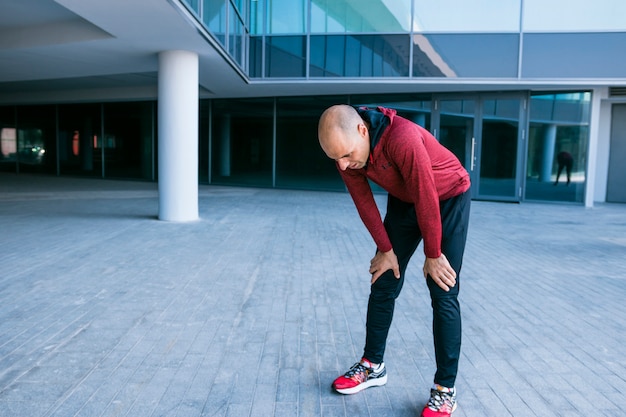
Health
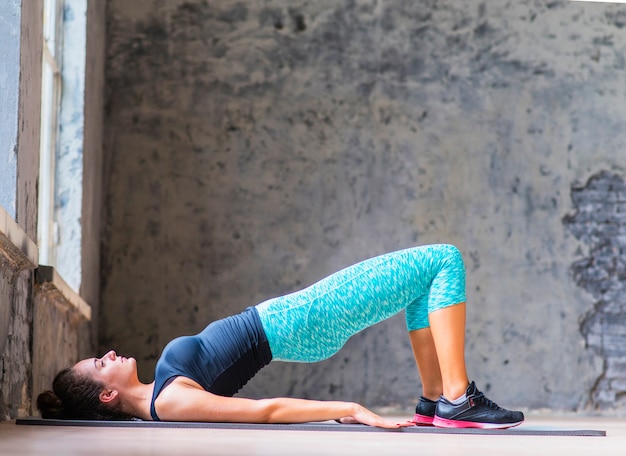
Fitness
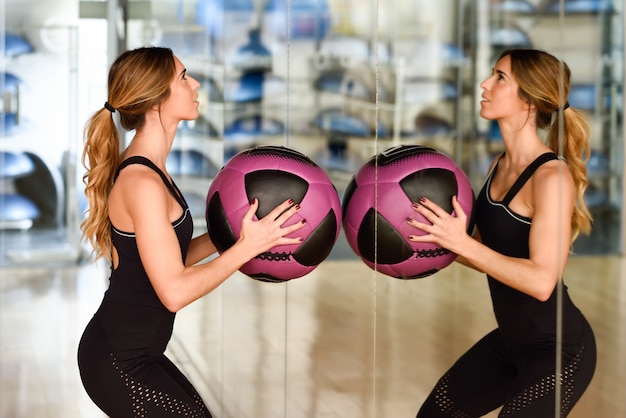
Fitness

Fitness
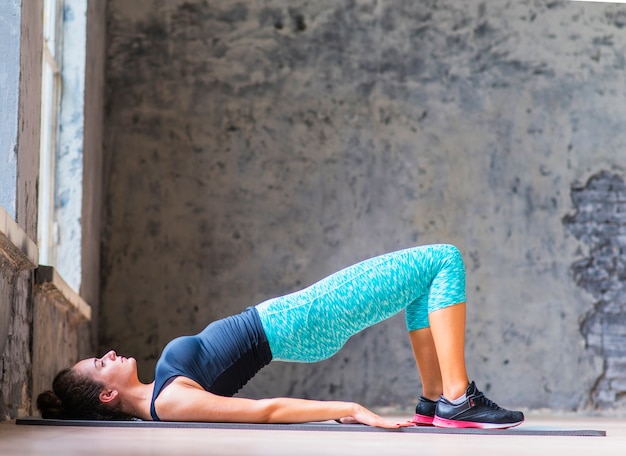
Fitness

Health

Fitness

Health

Health